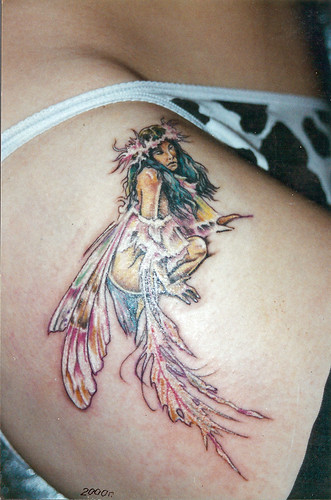Thursday, 4 November 2010
Petit tailleur – An evening by Peugeot
As you surely understand, I am a huge fan of design, so I was really happy when I received an invitation to the biggest automotive salon in Paris - Le Mondial de l''Automobile. Unfortunately, I couldn't attend it, so instead I asked my friend and car expert Géraud to take my seat. Here is the beautiful article he wrote! Enjoy!
In 2010, Peugeot celebrates its 200th anniversary. From the original pepper grinder of 1810 to the glanzing SR1, BB1 and HR1 concept cars shown in Paris during Le Mondial de l'Automobile (Porte de Versaille, Paris), the French brand has been through several evolutions and revolutions. To celebrate this anniversary, a modernised logo and a new motto, «Motion and Emotion », will suit the new style orientation given by the freshly landed designer: Gilles Vidal. Vidal is the former head of concept car design at Ciroën, Peugeot's iconic sister brand within the PSA automotive group which underwent a successfully styling makeover during the past decade.
Peugeot was known for its classic sedans and wagons with bourgeois style, while several coups such as the 1983 small hatch 205 and numerous glorious titles in competition (Paris-Dakar Rallye, World Rallye Championship and 24 heures du Mans) enhanced a more dynamic aspect of its products. Among those, the popular 206 range had lead the brand by the year 2000 into a more aggressive design, with oversized headlights, a wide front grill or an exagerated front overhang. The 407 represented the peak of this trend, as criticism towards its coupe version started to rise and made people regret the 406 coupe, considered as a master piece of elegance.
As it presents the 407's follower, the 508, Peugeot heads back to what made its reputation: elegance and classicism. Plus one new major orientation: simplicity. As Gilles Vidal points out, Peugeot's design must reflect on the outside the technology the car hides on the inside. Take the smaller, finner and very precisely drawn 'floating' front grill, shown on the three concept cars of Le Mondial. It shows through its simplicity and clarity, its 'obviousness' in design, that what is more important is to come under the car body and its elaborated hybrid transmission.
The SR1, a 4,82m long roadster, is the first shot of Peugeot's new design era, following the long tradition of convertibles, coupes and «CC » in the brand history. Peugeot's new style manifesto, and «An easy piece! », says Gilles Vidal, who means a long and dynamic sports car is always easier to draw than a small and more functional one. So here comes the HR1 which happily manages to transfer these new clues to a surprisingly compact mass – 3,69m long.
Have a look at the side body panels, carved on the inside, just as if the car was dressed in a slim fit metal sheet like in the textile industry and its Italian fashion suits. They make the car visually thinner and lighter... reflecting the actual work on the general loss of weight of the car. Like a (Chanel? What else?) 'petit tailleur' follows and accentuates precise parts of the silhouette of a woman, the body panels of the car suit the structure and enveloppe the technology carried inside.
On the inside, tradition competes with high-technolgy in perfect harmony. Wood and leather live together with black nickel and drilled aluminium.What is also striking in the last Peugeot concept car threesome is the work done on the inner architecture: the SR1 is a three-seater roadster within a triangle organisation, the BB1 an ultra compact four-seater organised as if passengers were on a motorbike, while the HR1 uses a two-to-four seat appliance thanks to a nest of seats system.
Balance and harmony as keys of originality, and not weirdness. Design, even for cars, should also « appeal to the human soul, like in sculpture or painting, and touch people » Gilles Vidal points out. To put it in a nutshell: style as it may come in an obvious way.
Through the alleys of Le Mondial:
This shift to simplicity in design is also to be seen on other concept cars in Paris. From the slim, long and production bound BMW 6 series, dropping the more original than really elegant out-going model, to the small buggy styled Citroën Lacoste, coming as an anti-nostalgic reinterpretation of the 1968 Citroën Mehari, extravaganza seems no longer relevant. As the trend setter of this movement, Audi unveiled the Quattro concept, an hommage to the famous Quattro rallye car from the 80s, with characteritic proportions and already classic design.
Sweet surprises come from France with the Renault DeZir concept, a small sports two-seater with beloved Alpine charisma, and from Great Britain, or should we rather say India and Malaisia, thanks to Land Rover (owned by Tata) and Lotus (owned by Proton). On the one hand, the new Evoque small crossover manages to stick to the LRX concept car's design from 2008 and its light and sharp lines, while on the other hand, a complete range of sports car will offer Lotus a chance to compete with nothing less than Porsche with a neat and just-what-needs-to-be-edgy style.
Thanks Géraud!
More info on: http://www.peugeot.com/























